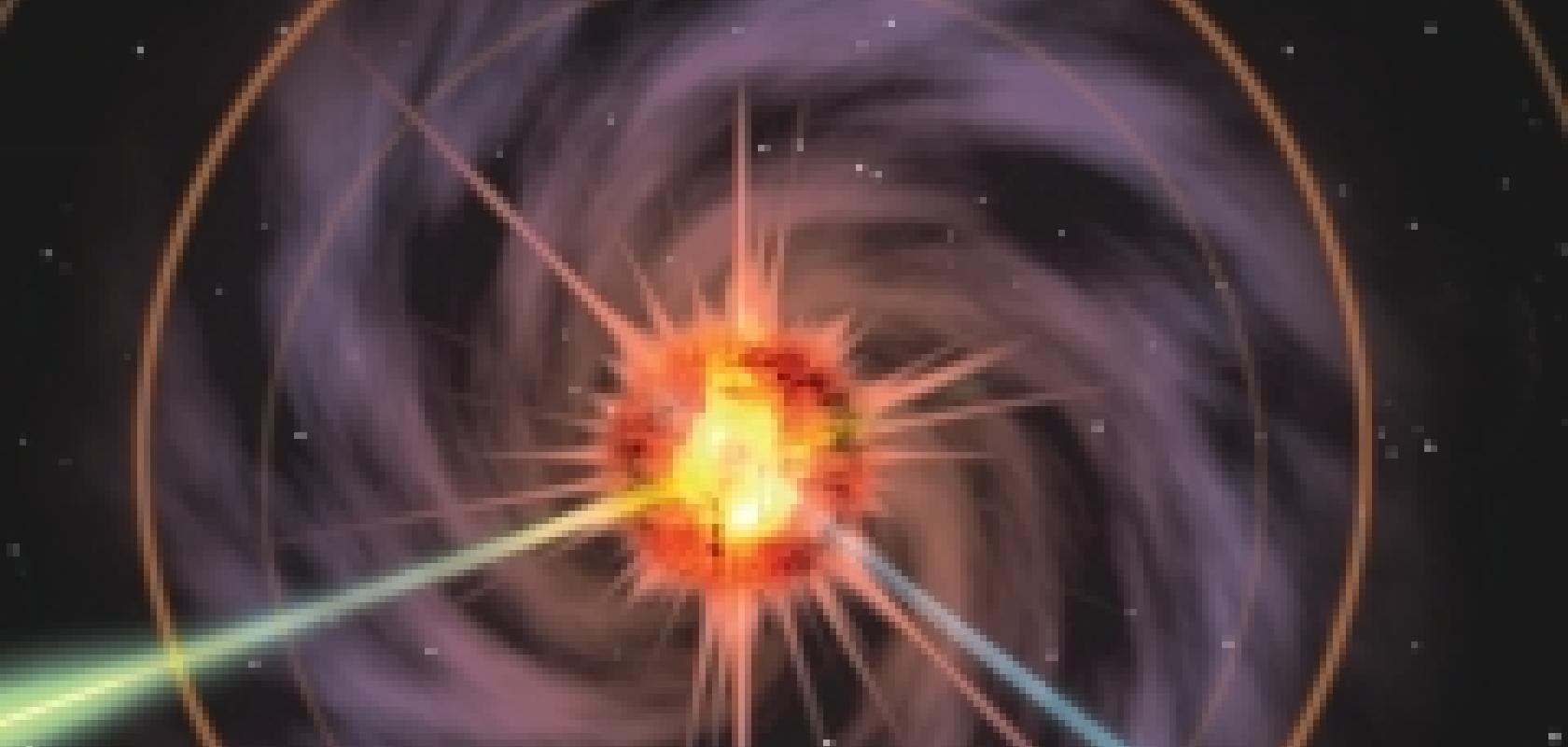Historically a conservative market,the laser industry is becoming volatile as new technologies throw previous perceptions about laser sources into disarray. Fibre and disc lasers are finding applications in industrial machining that would not have been possible a few years ago, and compact quantum cascade diode lasers are now providing high-power IR beams for military applications at a fraction of the cost of hefty CO2 lasers. Experts have predicted the demise of older technologies for years, but somehow they’ve yet to become extinct. With these new developments comes the question of competition: what laser sources will these new technologies replace?
Fibre vs. gas and solid-state lasers
In the last issue of Electro Optics, Gary Colquhoun, an industry development specialist at SPIE Europe, labelled the arrival of fibre lasers as ‘a truly disruptive advance’ due to their rapid increase in popularity. With their high powers, high efficiency and excellent beam quality, they are now competing with Nd:YAG solid-state lasers and CO2 gas lasers in medicine, micromachining and heavy industry.
‘In the past, Nd:YAG lasers were used for industrial cutting, but now that is primarily done by fibre lasers,’ says Jack Gabzdyl, business development manager at SPI Lasers. The high beam quality allows the laser’s output to be shaped very accurately, meaning that finer work is possible, so they are now being used to manufacture delicate medical instruments too. The fibre that propagates the beam can also be used to direct the light precisely wherever it is needed, which increases the flexibility of where the lasers can be applied. CO2 and Nd:YAG lasers were traditionally used to engrave products with identification codes, but it seems the versatility of fibre lasers is increasing their popularity in this application area too.
‘We are finding, particularly with the lasers SPI has introduced, that their increased flexibility in terms of pulse frequency and pulse length gives them the ability to mark most applications,’ says Gabzdyl. This fine control of laser pulses means that users can determine even more precisely how much energy is applied to an object, so Gabzdyl believes fibre lasers could soon be used in the processing of silicon chips – an application that typically needs both high accuracy and reliability.
Of course, fibre lasers are not just limited to delicate scribing; one of their biggest assets is the huge powers they can achieve – as high as 10kW – so machining applications, such as the welding and cutting of thick metals for the automotive industry, are also growing areas for these lasers.
However, it would be wrong to assume that the deaths of gas and solid-state lasers are imminent. ‘The rod solid-state laser will continue,’ says Len Marabella, the director of marketing at JDSU. ‘We think it is a strong and robust technology. Fibre lasers are making inroads in various places, but they still can’t reach all of the pulse widths rod lasers supply. You need high peak powers, in the UV [for many applications], so the diode-pumped solidstate laser will still be important.’
JDSU also produces gas lasers, and although their demise has now been predicted for almost 20 years, Marabella believes that it will not come soon. ‘Gas lasers continue to decline, but they still hang in there.’ He says that rather than serving new applications, the main market at the moment is to replace old gas lasers in existing scientific equipment. However, he believes customers would now prefer to use both diode-pumped solid-state lasers and fibre lasers in new applications.
Diode lasers
‘For us, the big drivers are fibre laser and direct diode laser applications,’ says Christian Naumer, senior product line manager at Bookham. Diode lasers have been around for 40 years, and were traditionally used as an efficient way to pump other lasers, like gas or solid-state lasers, with energy. Now, however, they are covering higher powers with brighter, more focused beams that are used directly in both medical and industrial applications.
‘They have reached a range of powers that are high enough for industrial applications,’ says Franck Leibreich, marketing manager at JDSU. ‘I think the trend is to use fibre lasers with higher efficiencies than other lasers, but maybe the next stage will be to use the power of diode lasers directly to do what fibre and Nd:YAG lasers are doing.’
The diode lasers are very compact, and can be manufactured in high volumes at reduced costs. They can also be more efficient than alternative lasers, which typically suffer energy losses as the beam is pumped through the gain medium.
The 6395-L3 laser diode from JDSU
In a similar manner to fibre lasers, diode lasers can also be coupled with an optical fibre to act as a waveguide, directing the beam where it is needed. With the fibre laser, the beam is actually generated using the fibre as the laser gain medium, whereas this fibre just transmits the beam once it has been formed, but it still provides a flexible way of directing the beam.
These new developments mean the diode lasers can be used in industrial applications such as cutting and welding, and medical applications. In addition, a relatively recent advance is the quantum cascade diode laser, which produces high-power infrared beams that can be used in scientific and military applications.
Mid-IR beams are useful as illumination in gas spectroscopy, to detect the different molecules present in a mixture. This could be used to detect contaminants in sterile production environments, or to monitor the components of gas emissions. So far only large CO2 lasers, or cryogenically cooled lead-salt lasers, could produce these wavelengths. The new quantum cascade lasers are very compact and can function at room temperature, without expensive cooling with liquid nitrogen. They are also much cheaper than the alternatives.
‘Lead-salt diodes emitted very low powers, in the microwatt range, and they needed to be cryogenically cooled, so there was no chance of operating them in a harsh environment,’ says Erwan Normand, chief scientific officer and director of Cascade Technologies. ‘Quantum cascade lasers can emit peak powers of several watts in pulsed operation, and powers of up to half a watt in continuous wave operation.’
Unlike traditional diode lasers, the gain medium, made from many different types of semiconductor material, can be tailored to provide different wavelength outputs. It also increases the efficiency, allowing higher powers to be produced.
These lasers are now being used in military applications, as decoys for thermal missiles. The missiles contain thermal sensors that detect infrared radiation from the jet engines, so the lasers are implemented at other points on the aircraft to confuse the missile’s tracking device and send it off course. Previously, this would have only been possible with optical parametric oscillators, but these were bulky and expensive. However, it is still early days for this kind of laser, and not everyone is convinced that they will be carving out a big niche in the market any time soon. ‘We haven’t seen too many on the market so it’s difficult to compare,’ says Bookham’s Christian Naumer. ‘It’s important to see how reliable they are, what the beam quality is and how they compare with conventional devices.’
With so many new technologies having arrived on the scene in the past few years, it’s difficult to tell who the winners and losers will be. As Franck Leibreich of JDSU says: ‘It’s a very conservative market; to make a radical change takes time.’ If there is a trend, it seems to be a broadening of the spectrum of applications, with manufacturers taking advantage of the higher powers and better beam qualities for heavy industry – something we will be covering in the industrial supplement in a future issue of Electro Optics.


